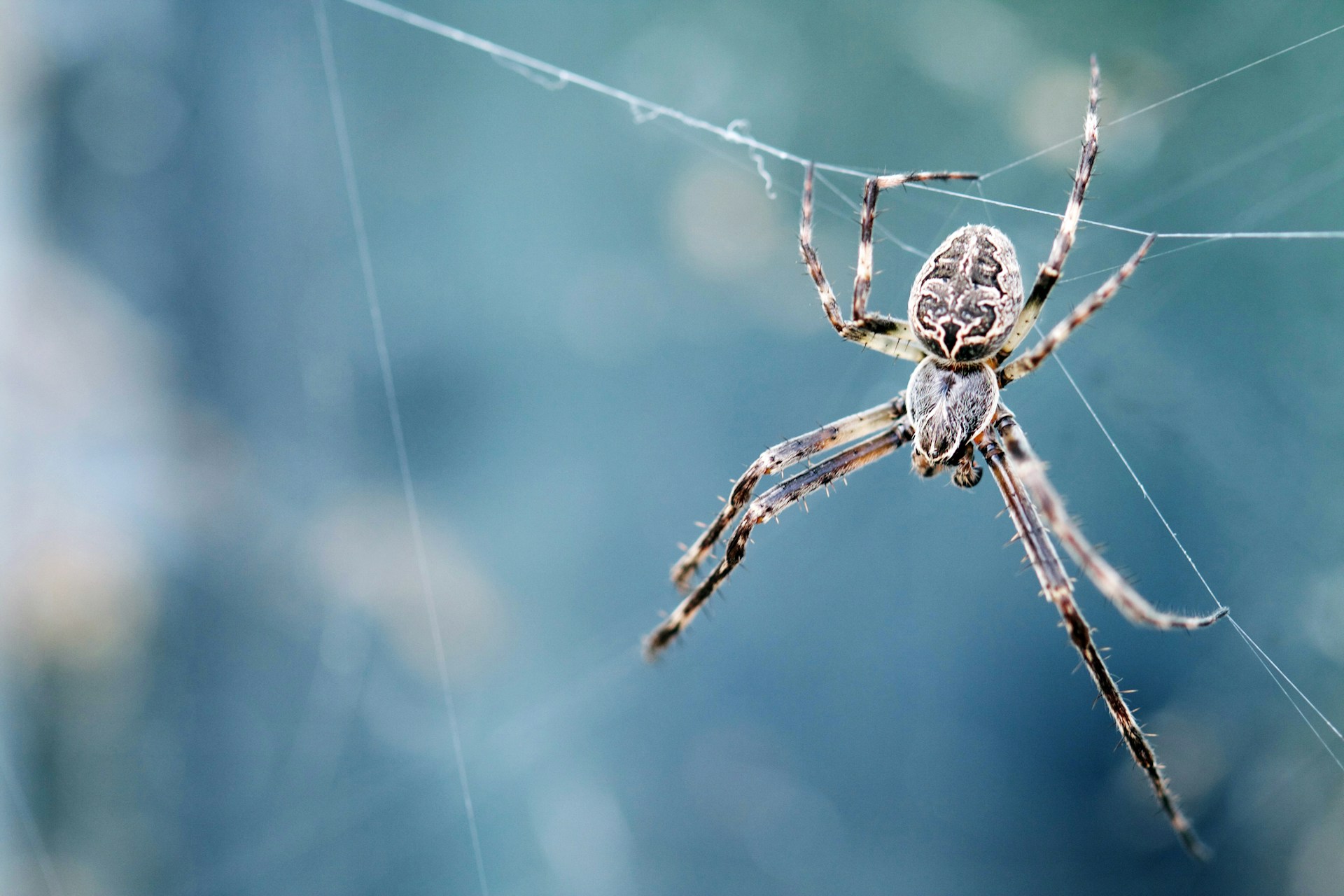Alabama, located in the southern United States, stands out for its rich culture, history, and diverse wildlife, making it a popular destination for travelers. As you explore this state, you’ll encounter a variety of fascinating species, including armadillos, foxes, and deer. The coastal areas, in particular, offer opportunities to interact with diverse fish species and marine mammals like whales. Amidst this abundance of plant and animal life, it’s noteworthy that Alabama is also home to a variety of spiders.
The state’s climate and geography provide an ideal environment for a wide array of spider species. Whether you’re in the northern or southern regions of Alabama, encountering spiders is a common experience. It’s crucial to be aware that while some spiders pose a potential threat, many others are harmless. If you’re planning a visit to this region, it’s advisable to familiarize yourself with the types of creatures you may encounter. Among the inhabitants of Alabama are various arachnids, contributing to the state’s diverse ecosystem.
Table of Contents
Giant Lichen Orb Weaver
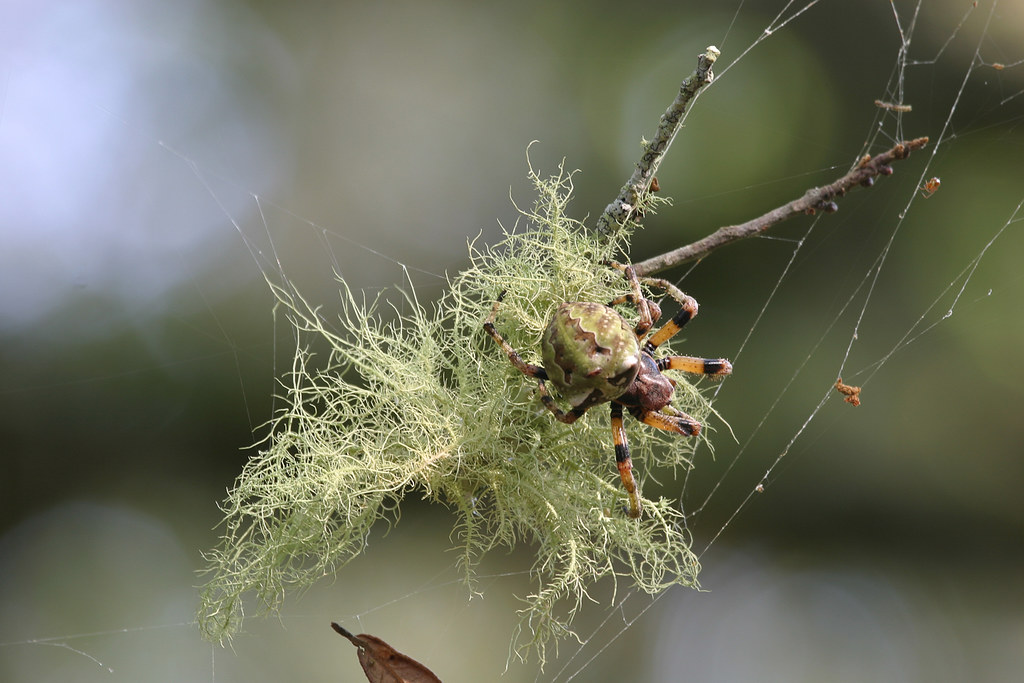
The giant lichen orb weaver, a spider species thriving in various habitats across Alabama, earns its name from the expansive webs it creates, reaching up to several feet in diameter. Notably, this orb weaver is among the heaviest of its kind. With an impressive abdomen, it can grow up to 24 millimeters long, showcasing orange legs adorned with black rings.
Read more: Dangerous animals in Alabama
The body itself exhibits a greyish-green hue with distinctive white and black markings. While it shares some similarities with the European spider in terms of markings and colorations, it’s essential to recognize them as distinct species. These nocturnal spiders are particularly active during the night.
Green Lynx Spider
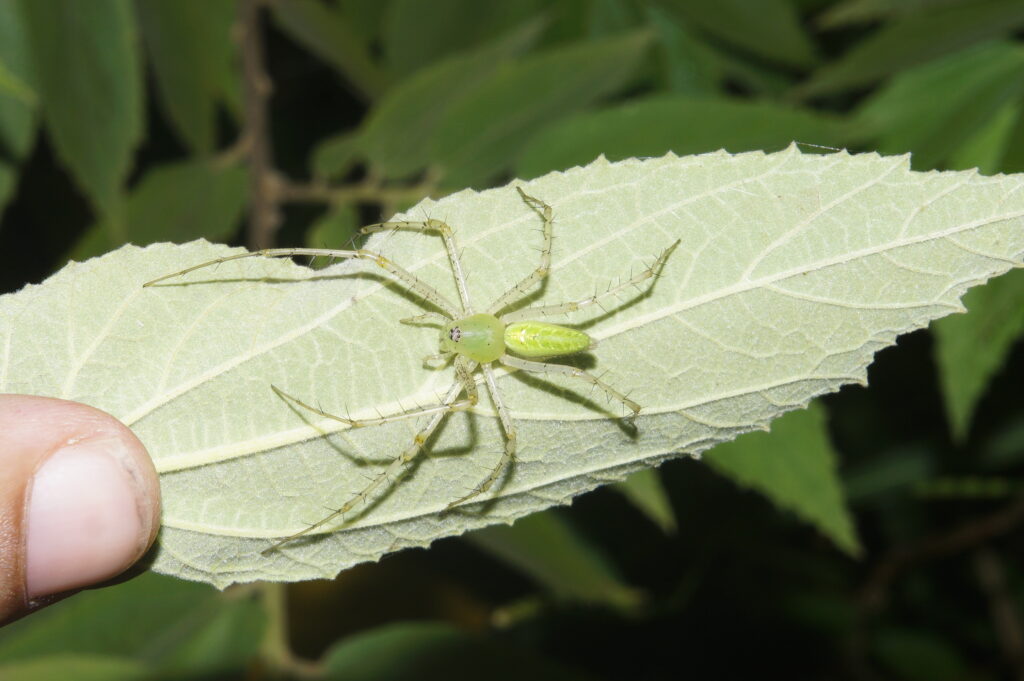
The green lynx spider, a unique species found exclusively in Alabama, offers a captivating encounter during your travels. Common throughout North America, the largest lynx spiders are often spotted in Alabama, growing up to 22 millimeters, with females generally surpassing males in size. Sporting a vibrant green body with red markings and yellowish-green legs, this spider plays a crucial role in natural pest control, as it preys on a variety of insects. While generally non-threatening to humans, these spiders exhibit aggressive behavior. Their bites, though infrequent, may cause symptoms such as swelling and redness.
Woodlouse Spider

The woodlouse spider, prevalent in various parts of Alabama, earned its name due to its diet, primarily consisting of woodlice. Originally from the Mediterranean, these spiders have become common in different Alabama regions, known by various names like sowbug killer or pill bug hunter. The female woodlouse spider can reach up to 15 millimeters, while males typically grow to around 10 millimeters. Distinguished by their six eyes instead of the typical eight, these spiders boast orange-red bodies or legs with a yellow-brown abdomen. Encounters with these spiders are likely under bricks, logs, or areas with woodlice, and their potent bites can induce symptoms such as swelling and redness.
Flower Crab Spider
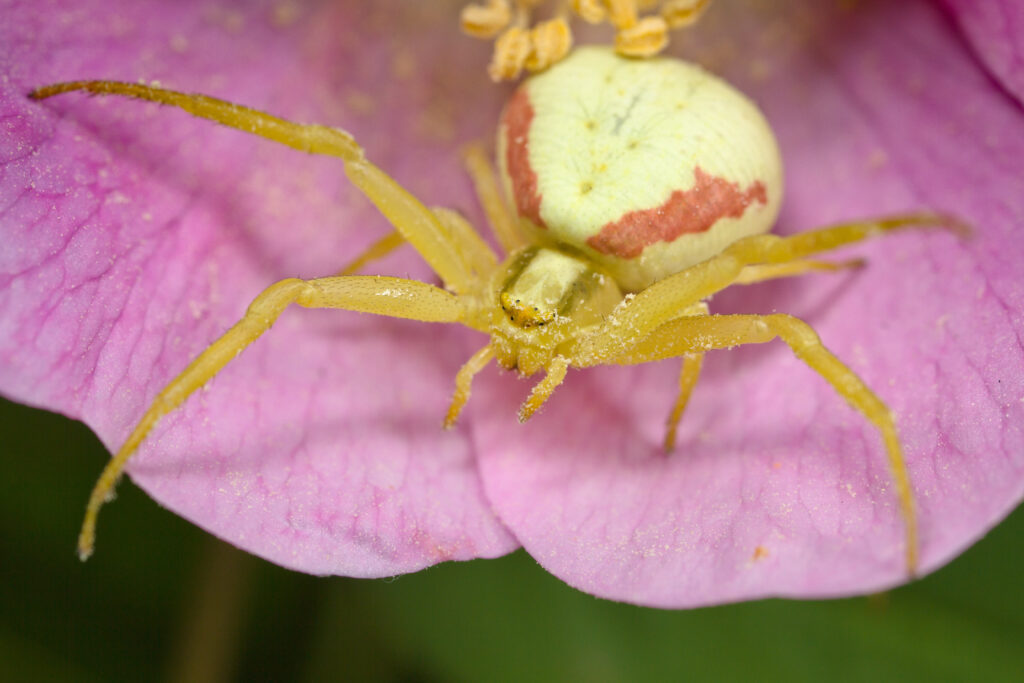
The flower crab spider, prevalent around waterbodies in Alabama, stands out for its crab-like appearance, facilitated by its long, curved legs. This unique ability allows them to move sideways, forwards, and backward, aiding in quick prey capture. During your travels, be cautious around these spiders, as they may harbor a high bacterial count, potentially causing infections. Adult female spiders can grow up to 11 millimeters and possess the remarkable ability to change color to blend with their surroundings, enhancing their predatory strategy.
Brown Widow Spider
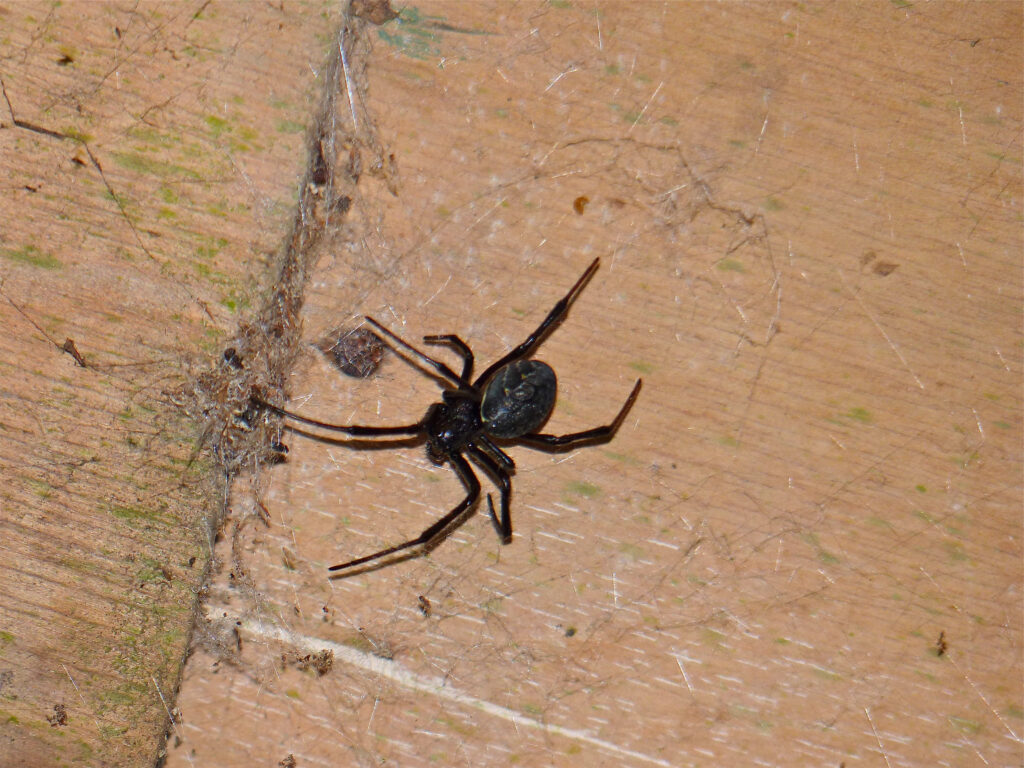
The brown widow spider, one of Alabama’s more perilous arachnids, features distinctive hourglass markings on its abdomen. Originally from Africa, these spiders have spread to different parts of the world, including Alabama. With tan and brown coloration, marked by black patterns, adult brown widows reach up to 10 millimeters, while males grow to about 4 millimeters. While not as venomous as their black widow counterparts, these spiders still pose risks, especially for immunocompromised individuals. Bites can lead to severe symptoms, including redness, swelling, and difficulty breathing. Caution is advised to avoid potential infections resulting from encounters with these spiders.
Black-tailed Red Sheet Weaver
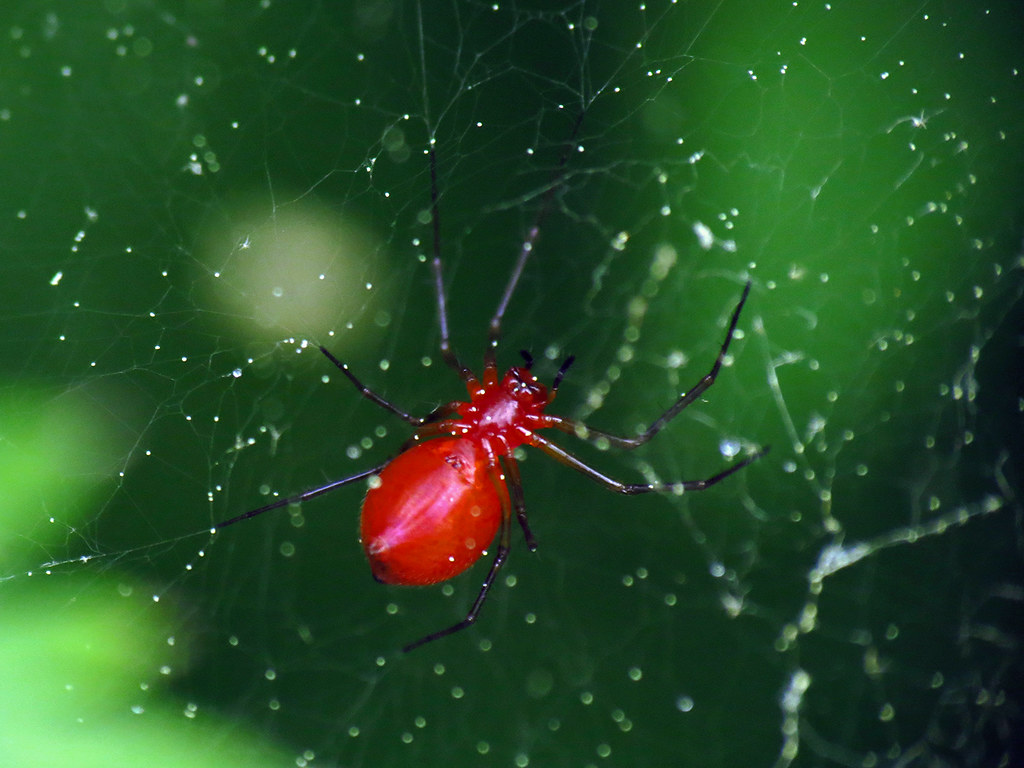
The black-tailed red sheet weaver, a common spider in Alabama, is prevalent in various parts of the state. During your travels, encounters with these spiders are likely, and caution is advised as they are known to bite. Adult spiders can reach up to 4 millimeters in length, with females typically larger than males. Originating from the southern states and parts of Mexico, these spiders boast a distinctive bright red color and a black caudal tubercule. Recognized for their unique webs used for catching prey, these spiders swiftly run to consume entangled prey.
Carolina Wolf Spider

The Carolina wolf spider, a unique species in Alabama, is found throughout North America, including the state. Adult females can grow up to 35 millimeters, while males reach about 20 millimeters. Sporting a light brown color with dark brown markings, these spiders stand out with reflective eyes visible at night. Carrying their eggs, Carolina wolf spiders do not create webs but rely on burrows for ambushing prey. Despite their size, they are harmless to humans, but caution is urged due to the potential bacterial presence.
Emerald Jumping Spider
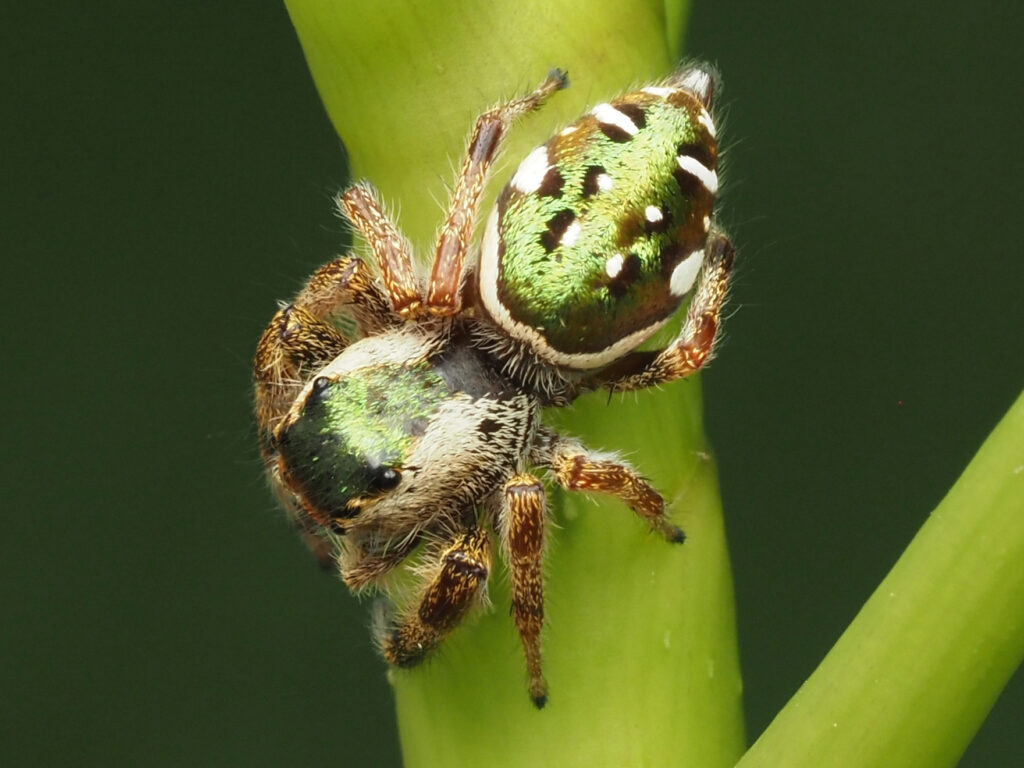
The emerald jumping spider, thriving in different parts of Alabama, demands attention during your travels due to its potentially dangerous nature. These spiders, typically brown with orange marks, white, and black stripes, exhibit metallic green coloring. Both females and males can grow to lengths of 12 and 10 millimeters, respectively. Known for exceptional eyesight, they are found both indoors and outdoors, with caution advised due to the bacteria they may carry.
Northern Yellow Sac Spider

The northern yellow sac spider, thriving in various habitats in Alabama, demands caution due to its venomous nature. With necrotic venom, these spiders can cause symptoms like pain, swelling, redness, itchiness, and even cardiac arrest, especially in immunocompromised individuals. Growing up to 10 millimeters, these spiders create silk sacs as shelters, ambushing prey with sudden attacks.
Neil Young’s Trapdoor Spider
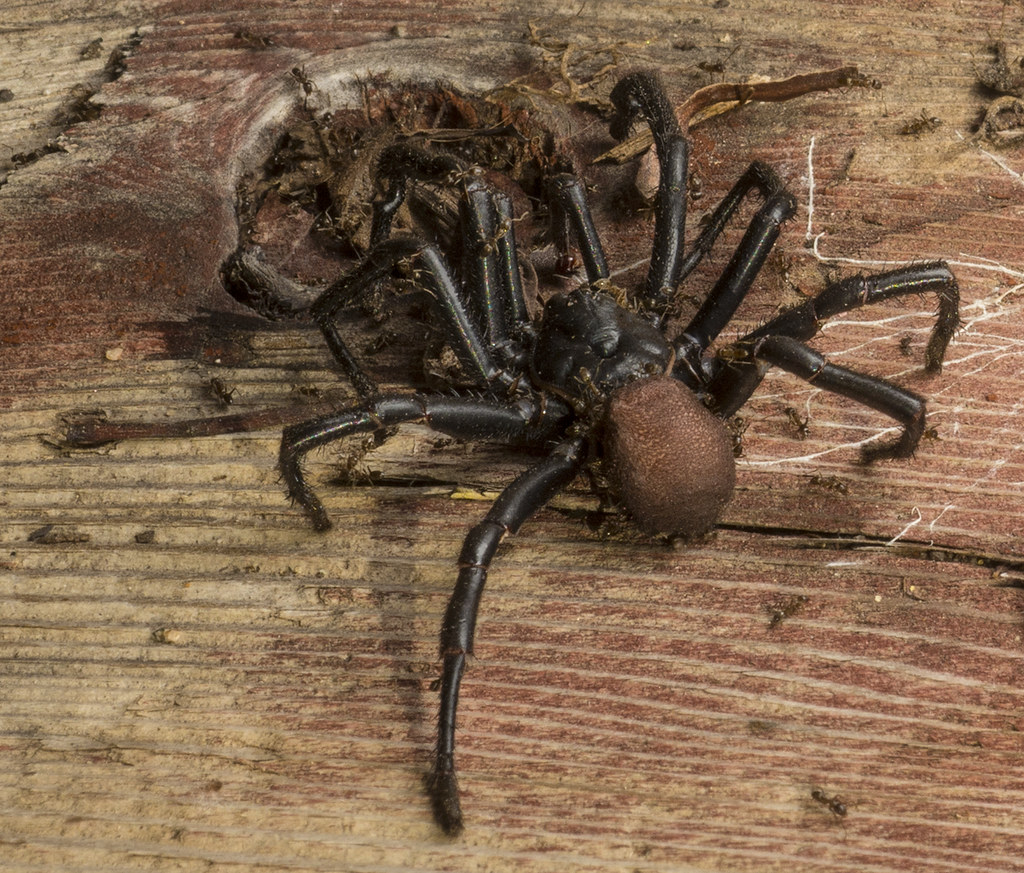
Neil Young’s trapdoor spider, a unique species in Alabama, burrows itself as a technique to hide from predators and ambush prey. Found in other southern regions, this spider comes in dark brown or black with orange-brown legs. Ranging from 24 to 40 millimeters, females are generally longer than males. Notably, they have six eyes instead of the typical eight. While their small size means bites usually pose minimal threats to humans, caution is advised for potential bacterial infections.
Wolf Spiders
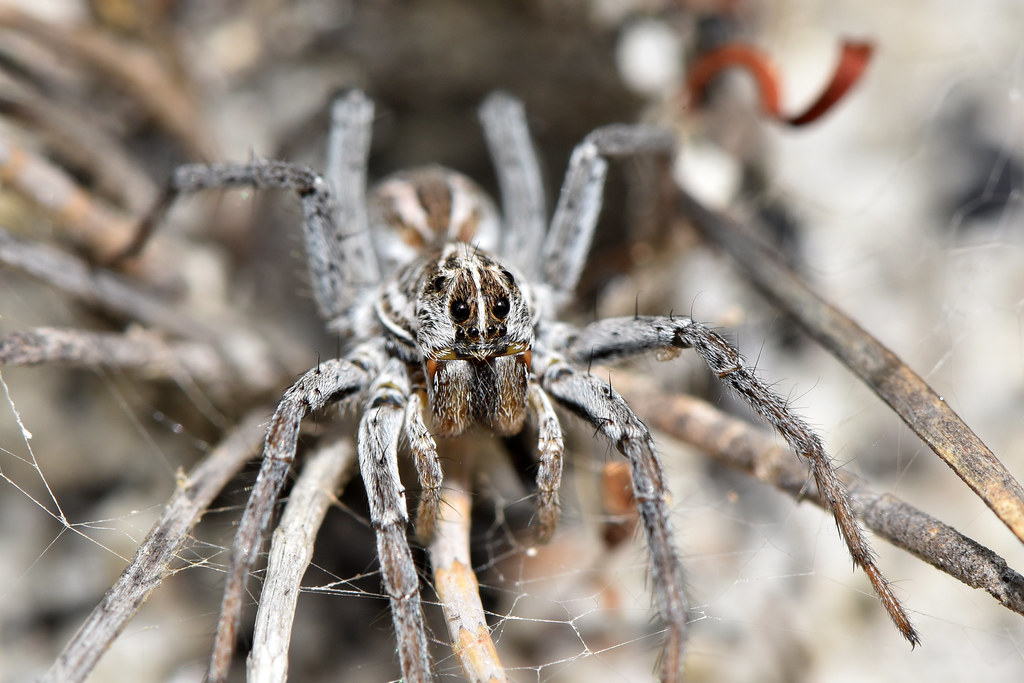
Wolf spiders, abundant in various parts of Alabama, are notable for not making webs to catch prey. Instead, they wait and ambush their prey, often burrowing themselves. While generally harmless to humans, their bites may contain bacteria that can cause infections. Possessing impressive eyesight, these spiders are active at night, hunting for prey with their flashing eyes. Caution is recommended during encounters.

